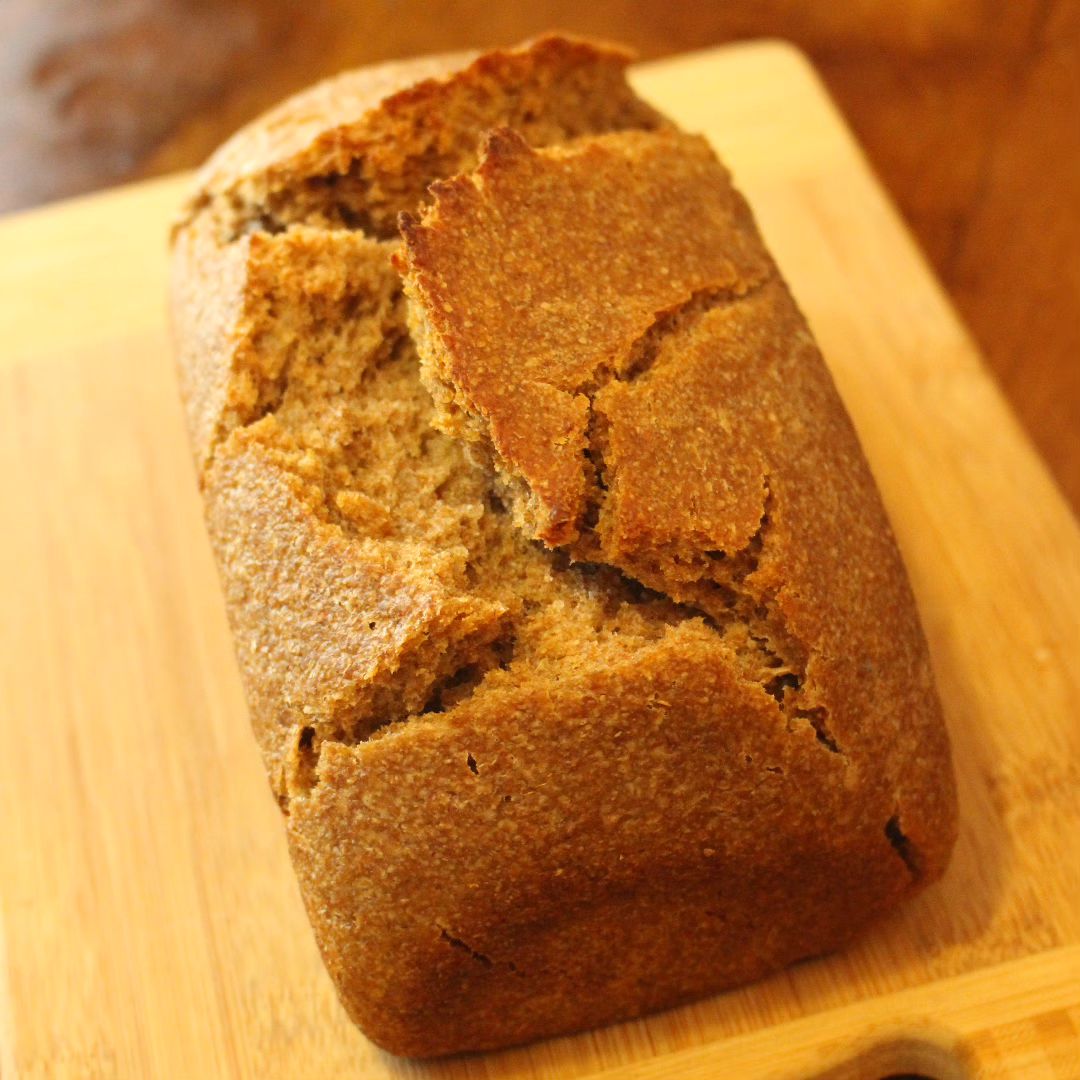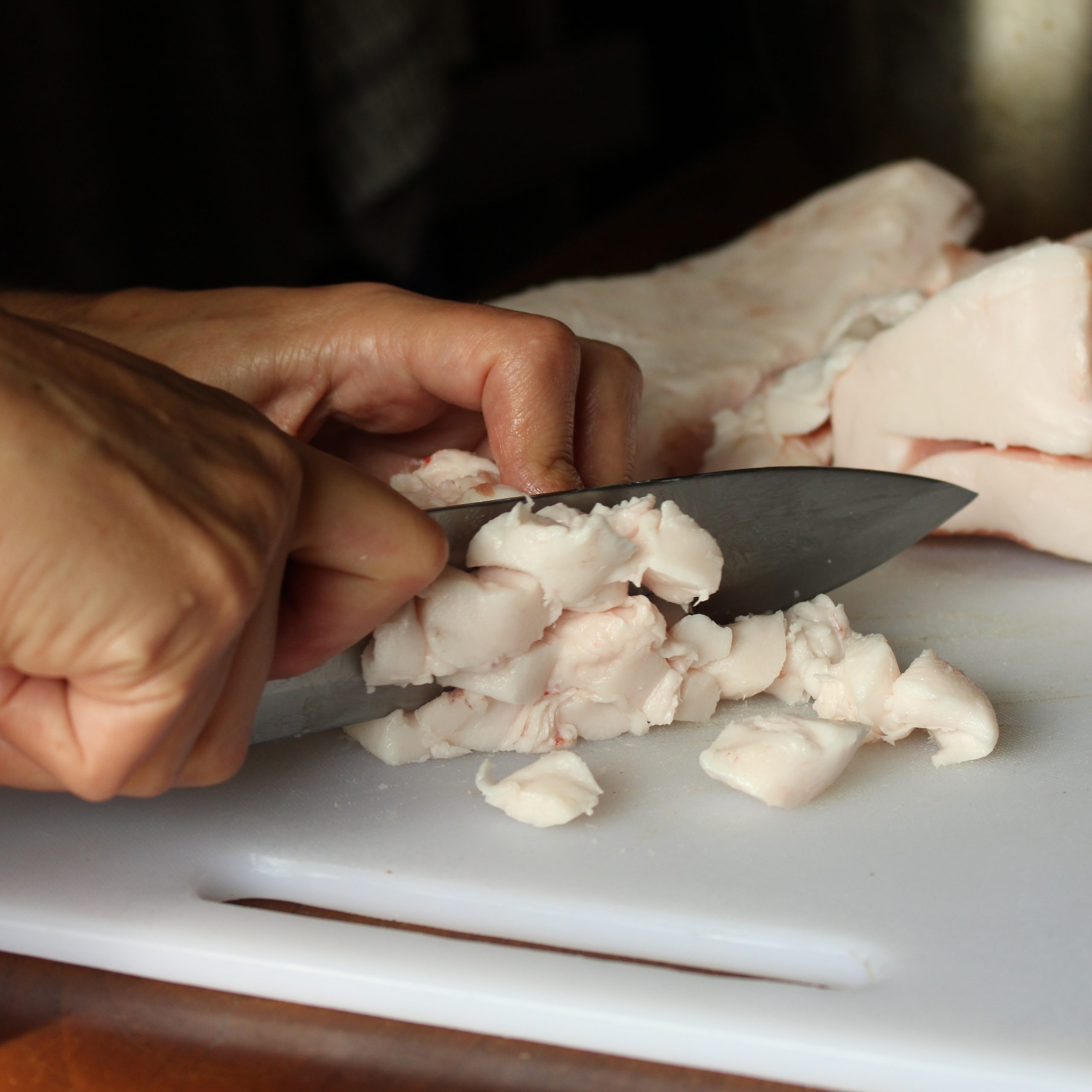
Leaning how to bake sourdough, for me, coincided with starting to eat bread again after a decade without it. I knew I wanted bread back in my life, and I also knew I had to bake it myself.
.
The sourdough part was a no-brainer. I was certain I wanted wild yeasts in my bread. I also knew I wanted to use local flour, but, at that stage, I wasn’t sure *which* flour. I experimented with einkorn, emmer, rye and spelt.
.
My hubby loved rye, so he was sold on that. I wanted a more ‘wheat-like’ grain and liked einkorn, emmer and spelt. The delicious spelt won out in the end because of its cost. It was much cheaper than the other two grains. I bake three loaves a week, every week of the year. The price of the flour is very important to me.
.
I’m nailing down a price comparison for the sourdough spelt cookbook I’m writing. Turns out spelt is still cheaper. Making three spelt loaves a week I save 250 Euros a year over einkorn. I looked the US too. There, making four loaves a week, you’d save $480 over einkorn.
.
I love all the alternative grains and occasionally bring emmer and einkorn to my bread-making, but my routine kitchen choices are a balance of health, pleasure and economics. Sourdough spelt performs in each of these areas for me.
.
Here’s a just-cooked loaf. The recipe (plus, hopefully, at least 11 others) will be in the forthcoming cookbook. My boys and I have a bit more tasting to do before it’s finished 🙂
… Read More









